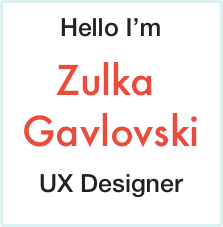As UX Designers, we live at the epicenter of a storm. Or perhaps, a storm of storms. First, comes the storm of problems. We must create usable experiences that enable a user to complete a task. We must enable our business to make more money. We need to deal with technical limitations thru UX solutions. We must make our experiences work for the differently-abled. And so on. Now: How do we sail through the storm?
Read full article @ Mediumopens in a new windowFeatured work
Filters @ Expedia
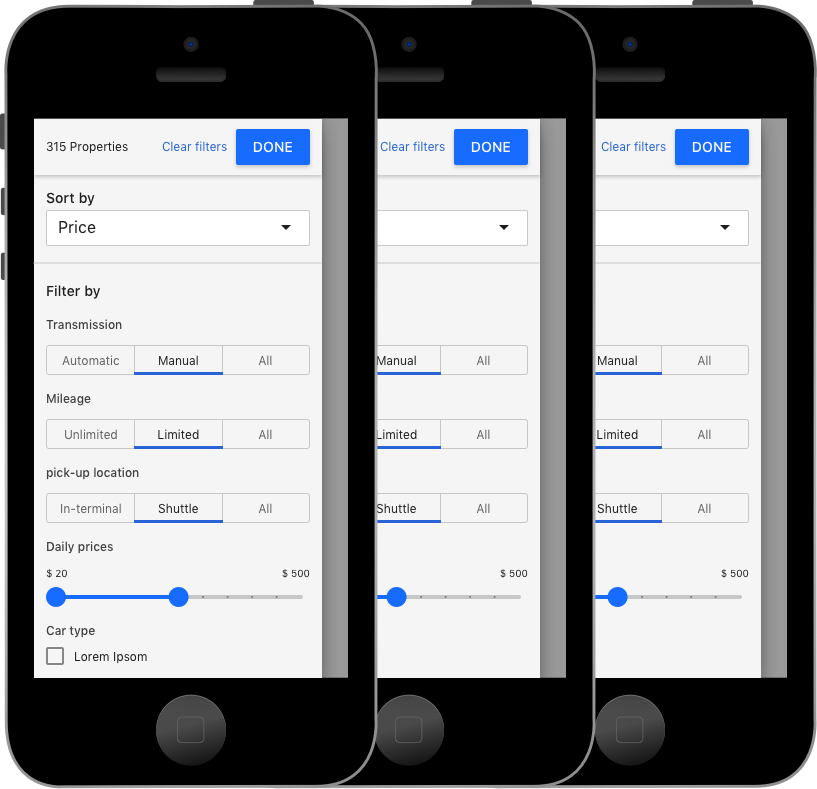
In this case study we tackled a global pattern: filters. We learned from reasearch that our users wanted a simple, fun, and comprehensive way to search and refine their results while shopping at Expedia. In this project we explain how we approached a mobile-up re-design of a global pattern that feeds all lines of businesses at Expedia.
Read case studyCar's rating @ Expedia
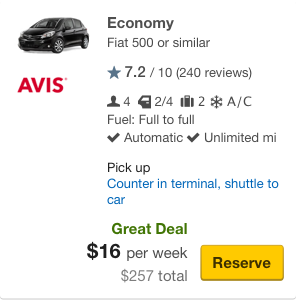
In this project, we tackled the challenge of presenting user ratings in a way that helped Car shoppers make informed rental decisions. We deep dived into different industry patterns for presenting user ratings, to understand the key components that form a rating pattern, as well as distilling the job of a rating at the search result level.
Read case studyCar's details page @ Expedia
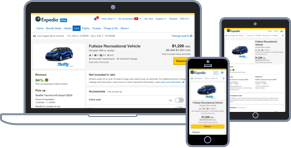
Research revealed that Car shoppers at Expedia were abandoning the site due of insufficient details about the car options presented. In this project, I explored the development of a new experience to solve this problem.
Read case studyAccessibility @ Expedia
For the last 1.5 years, I've driven the Accessibility initiative in the UX org at Expedia, including:
- Defining and coordinating a process called Accessibility Embedding which aimed to grow the knowledge of Universal Design practices across the UX org. The process consisted of having an Accessibility expert (often myself) participate in each of the UX teams for two agile sprints
- Integrating the concept of accessibility specs as a deliverable of the design process for Engineering teams to consume
- Driving Accessibility bug triages
- Evangelizing UAT (User Acceptance Testing) from an Accessible Standpoint
- Creating an Accessibility game to drive Accessibility education across the entire Expedia organization
Articles
UX Design: Sailing through the storm
UX Design and Accessibility: My life means nothing without you
In life, there are elements that do not carry any special weight on their own. Elements that, only when combined with others, become outstanding and extraordinary. Accessibility is about granting freedom to people by enabling all necessary channels of interaction with a product. UX and accessibility are a perfect example. UX is responsible for the experience and user flows. Accessibility is granting freedom to those that use the web in a different way.
Read full article @ Mediumopens in a new windowThe Inter-Discipline Shift in Tech: A UX Perspective
The paradigms that enable effective software development have evolved significantly in the last decade. Probably the most well-known shift was the evolution from Waterfall to Agile systems. The second paradigm shift, and the subject of this article, is changing the way we organize people in Tech organizations. This is the shift from highly-structured, discipline-based organizations, to organizations that better leverage the interdisciplinary approach. In the UX world, a similar and crucial divide is collapsing too.
Read full article @ Mediumopens in a new windowOther projects
Hulk

This project was part of a class was taught by Kelly Franznick, President and Founder of BlinkUX. The project consisted of finding a need in the market and solving it by following the entire UCD process. From early focus on user needs and ideation, to paper prototyping and wireframing, to iterative design improvements. We found that the automotive industry currently lacks of good mobile security, and we thought of bringing HULK to the world. Due to extensive iterative processes, we were able to design a mobile app that allows users to be in control of their vehicle and have peace of mind about its security.
See press releaseopens in a new windowZoomie
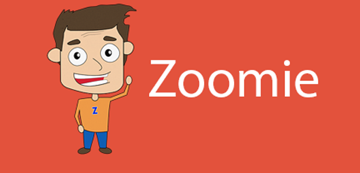
This website was created to provide HCI's theoretical foundations in a fun way, such that people in the field of HCI will feel identified with the content. The concept centers around the main character "Zoomie" depicting practical usage of theory in the field of HCI. Most of the time, researchers and practitioners of our field see themselves reading dry and abstract concepts that tend to be hard to digest. Zoomie breaks the paradigm of "hard to understand"
See websiteopens in a new window